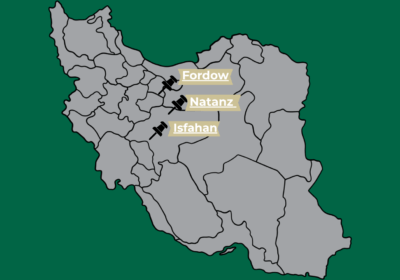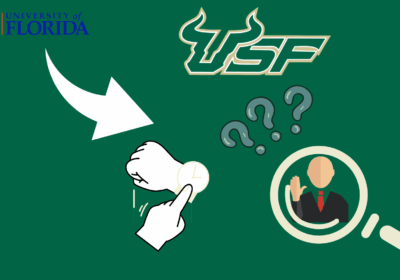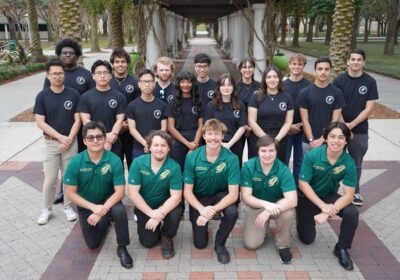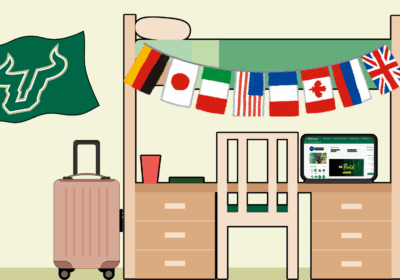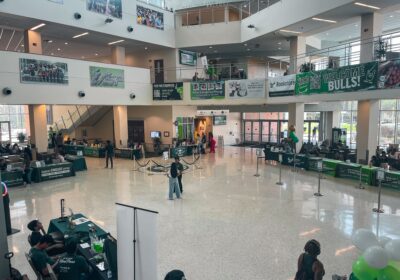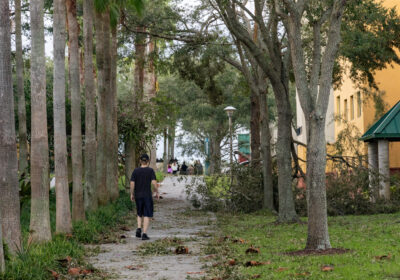A look behind the scenes of the ASRC committee
Mixed in with every student’s list of fees and tuition is “Flat Fee A&S Tampa.” The Activity and Service (A&S) fee – which equates to more than $17.8 million — falls under Student Government’s jurisdiction. The funds are allocated to student organizations and offices on campus.
The A&S fee is paid by students each semester. The fee includes a flat fee of $7 per semester and $12.08 per credit hour. If a student takes 15 credit hours, they pay $188.2 in A&S fees.
The A&S Recommendation Committee (ASRC) is fully equipped with 12 voting members. This includes six voting senators and two alternate members if one of the six isn’t able to attend a meeting.
Collectively, this committee reviews budget requests for funding parts of campus such as new equipment for Campus Recreation, furniture in the Marshall Student Center and events for student organizations.
“The goal of ASRC would be to receive budget requests from things that are asking for A&S funding, to determine how they provide activities and services to students and to fund them for those activities and services,” Sen. Aladdin Hiba, who is starting his fourth term on the committee, said. “With the overall goal of making things better for our USF students, adding activities, adding services.”
The ASRC committee will meet Friday and vote on a chair – who is responsible for calling all further meetings – and a vice chair.
During the remainder of the fall semester, committee members go over practice budget requests in order to learn the rules and processes. Additionally, members are assigned to different departments on campus that request funding to serve as a liaison between that group and the committee.
The larger budget requests, such as the MSC and Campus Recreation, are due in December for the committee to start reviewing when winter break ends.
“We want them to have them to us early on, at least relatively,” Hiba said. “Well before this deadline happens, we’ll be meeting with the departments. We’ll have people communicating with the departments to see ‘this is what the department wants,’ ‘these are things the department thinks maybe could be cut,’ ‘these are the directions the department wants to go in.’ We get a gist of that.”
The 2017-18 budget allocated $11.9 million toward these larger departments for activities and renovations. This is compared to the $10.8 million that went toward these departments in last year’s budget.
According to Sen. Saeed Sinan, who is also starting his fourth term on the ASRC committee, departments are coming up with more new initiatives to request funding for and it’s part of the committee’s job to determine which of those are worth funding.
“We don’t want to overspend and over allocate things,” he said. “Basically, we look to see if the impact was the best for the student body. Should we decrease that? Should we reallocate funds to a different entity or a different program within the department?”
Hiba said one of the hardest parts of dealing with the budget is having the conversations about what areas or programs need to be cut.
“If we’re spending say $50,000 on something that 200 people go to,” he said. “Well, $50,000 is enough to fund 50 student organizations for a year. We have to make these judgements, these decisions. This is too expensive, it’s not impacting enough people.”
In comparison to the deadline for departments, student organizations have to submit budget requests in January for consideration by the committee. In last year’s budget, student organizations received $1.1 million, compared to $1.0 million the previous year.
“There’s around 300 to 400 to 500 student orgs that submit budget requests, and then the chair assigns a set amount of orgs per ASRC member,” Sinan said. “Then we meet with them based on the standards we decide in the fall semester. Then we go on to review each budget request separately.”
ASRC members are expected to disclose any organizations they may have a bias toward or against to promote fairness. According to Sinan, all student organizations are viewed the same and go through the same process.
“The philosophy of ASRC is basically ‘We do not fund to better the organization or department’ because we are the custodians of the A&S fee,” Sinan said. “So, we are here to serve the students and better their experience here at USF because they paid it so we are trying to empower them.”
The committee allows student organizations to request funding for up to eight events per year and allocate $4 a head for food and event-related material such as tablecloths and decorations. In an attempt to make the per-head funding system more accurate, student organizations now have access to ID swipe machines to track event attendance.
While most student organizations submit requests on their own, the ASRC committee has created councils grouping similar organizations together. Rather than funding each individual organization requesting money from ASRC, those organizations that fall under a council’s jurisdiction would request money from the council, which requested money from ASRC.
According to Sinan, if a council does fund something the ASRC committee normally would fund – such as an event – it can’t be funded differently. If the Engineering Council were to fund an event, it would still be required to fund $4 per head the way ASRC would.
A member of the ASRC committee is assigned to each organization as a liaison between the organization and ASRC. What member of the committee represents what student organization is as random as it can be.
“We give student organizations certain rights throughout the process,” Hiba said. “We give them the right to meet with an ASRC member, we give them the right to have their budget heard if they submit it on time, and we give them the right to appeal it to a different person if the person they met with the first time didn’t do a good job of representing them to ASRC.”


